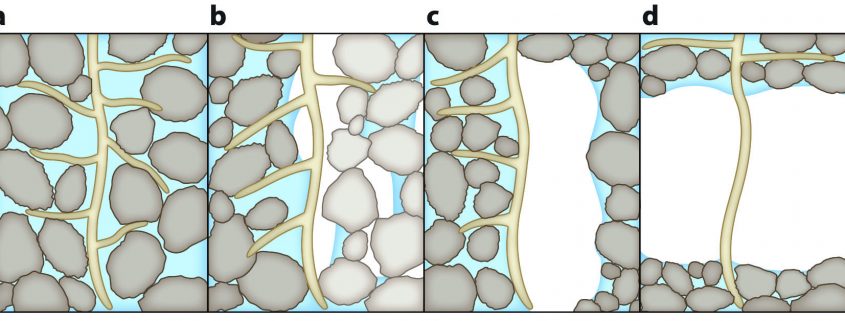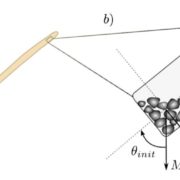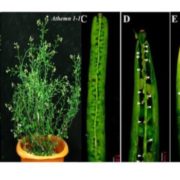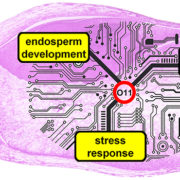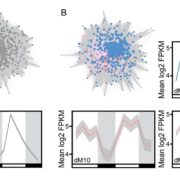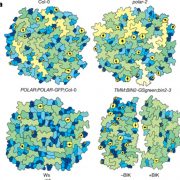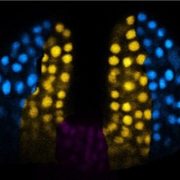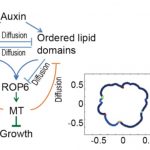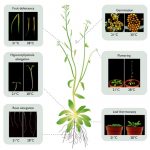Review: Developmental responses to water and salinity in root systems ($) (Annu Rev Cell Biol)
Plants lack organs that are analogous to human ears, eyes or fingertips, yet they can detect changes in their environment. In this review, Dinneny describes how sensing heterogeneities in salt and water leads to changes in root architecture, optimizing soil foraging. The root tip typically follows the water gradient (hydrotropism), while it avoids soil patches with high salt concentrations (halotropism). Water foraging is further enhanced by hydropatterning, where lateral roots develop in the regions with high hydraulic conductivity in the growing parts of the root system. Steeper positioning of the lateral roots corresponds to better growth under decreased water availability at the surface. While some plants show phenotypic plasticity of the gravity setpoint angle of the lateral roots in response to drought, the molecular mechanisms underlying this process remain to be identified. (Summary by Magdalena Julkowska) Annu. Rev. Cell Biol. 10.1146/annurev-cellbio-100617-062949


